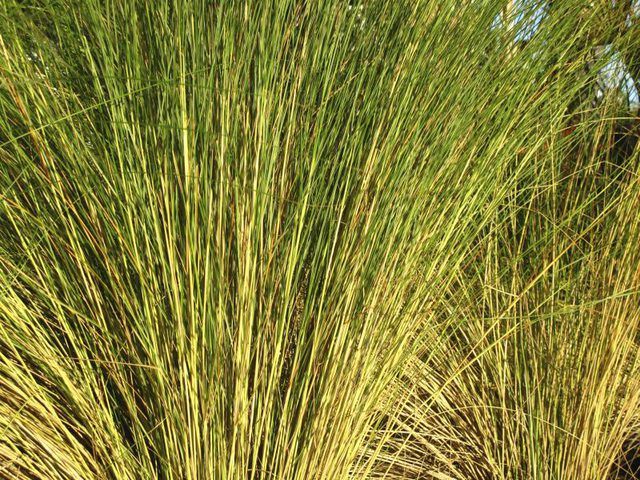Bulbs
Flower Basics
Flower Beds & Specialty Gardens
Flower Garden
Garden Furniture
Garden Gnomes
Garden Seeds
Garden Sheds
Garden Statues
Garden Tools & Supplies
Gardening Basics
Green & Organic
Groundcovers & Vines
Growing Annuals
Growing Basil
Growing Beans
Growing Berries
Growing Blueberries
Growing Cactus
Growing Corn
Growing Cotton
Growing Edibles
Growing Flowers
Growing Garlic
Growing Grapes
Growing Grass
Growing Herbs
Growing Jasmine
Growing Mint
Growing Mushrooms
Orchids
Growing Peanuts
Growing Perennials
Growing Plants
Growing Rosemary
Growing Roses
Growing Strawberries
Growing Sunflowers
Growing Thyme
Growing Tomatoes
Growing Tulips
Growing Vegetables
Herb Basics
Herb Garden
Indoor Growing
Landscaping Basics
Landscaping Patios
Landscaping Plants
Landscaping Shrubs
Landscaping Trees
Landscaping Walks & Pathways
Lawn Basics
Lawn Maintenance
Lawn Mowers
Lawn Ornaments
Lawn Planting
Lawn Tools
Outdoor Growing
Overall Landscape Planning
Pests, Weeds & Problems
Plant Basics
Rock Garden
Rose Garden
Shrubs
Soil
Specialty Gardens
Trees
Vegetable Garden
Yard Maintenance
How to Control Wiregrass
How to Control Wiregrass. Wiregrass (Cynodon dactylon), also known as common Bermuda grass, is sometimes sown as turf, but often is a weed that invades lawns, vegetable gardens and ornamental beds. Wiregrass is native to Africa, but grows in U.S. Department of Agriculture zones 7 through 10. If wiregrass has gotten into your yard it can be hard...

Wiregrass (Cynodon dactylon), also known as common Bermuda grass, is sometimes sown as turf, but often is a weed that invades lawns, vegetable gardens and ornamental beds. Wiregrass is native to Africa, but grows in U.S. Department of Agriculture zones 7 through 10. If wiregrass has gotten into your yard it can be hard to control and eliminate, but with some patience and consistent treatment, you can get rid of it through cultural and chemical methods.
Barriers
Wiregrass spreads through stolons above ground and rhizomes below the soil, allowing it to spread into flower beds and travel up into raised bed gardens. Control wiregrass from getting into flower beds by installing edging around them that reaches about 6 inches inches below ground and 6 inches above. Line raised beds with a double layer of geotextile fabric to keep wiregrass from poking up through soil, crisscross layers and ensure there are no gaps in the fabric for runners to get through.
Block Out Light
For large areas infested with wiregrass, kill it by covering the entire area with black polyethylene plastic. Before laying down the plastic, mow and water the area, cover it with large sheets of black plastic that do not contain holes. Hold it in place with bricks, planks or other heavy objects so that sunlight does not reach the soil underneath. Keep the plastic in place for about seven weeks during the hottest part of the summer. Remove the plastic and rake away dead, dry stolons and runners. Make sure you get all pieces because they can regrow if the soil is watered.
Selective Herbicide
If your turf is dotted with wiregrass, control it with a selective herbicide containing sethoxydim or fluazifop. These chemicals are designed to kill this pesky weed without harming your grass. For sethoxydim, mix 1 ounce herbicide and 1 ounce oil concentrate with 1 gallon of water in a garden sprayer and apply in early spring to actively growing wiregrass before it reaches 6 inches tall. Spray the wiregrass until it is just wet. If it grows back, reapply the herbicide before grass reaches 6 inches tall. Continue to reapply until the wiregrass is eliminated. Check the product label for intervals at which to apply and maximum amount to apply for the brand you are using. Wear all recommended protective gear when working with herbicides, such as long sleeves and long pants, protective eyewear and chemical-resistant gloves.
Seed Suppression
Once youíve wiped out wiregrass from your vegetable garden or raised beds, you donít want it coming back. Wiregrass seeds can live in the soil for at least two years waiting for the right conditions to sprout. Prevent them from germinating by solarizing the soil for five to six weeks during the hottest months of the year. Solarize soil by removing any remaining wiregrass stolons and rhizomes then lightly water the area. Lay clear polyethylene plastic over the soil large enough to extend just beyond the treatment area. Secure it in place with boards so the sunís heat is trapped under the plastic. After solarization, donít rototill the area more than 3 inches deep so new seeds are not brought to the top. Repeating the process each year kills any new seeds work to the top during cultivation.